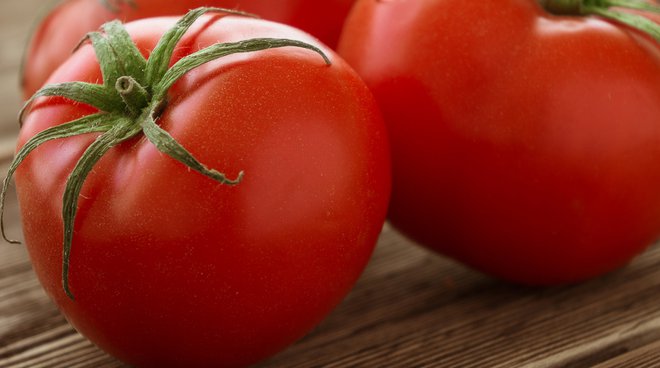Healthy and Sustainable
COOKING VEGETABLES
In addition to the pleasure of taste, we eat vegetables especially because they are rich in fibers, soluble and insoluble, mineral salts, vitamins and antioxidants.

In addition to the pleasure of taste, we eat vegetables especially because they are rich in fibers, soluble and insoluble, mineral salts, vitamins and antioxidants. The nutrients in vegetables are not very stable, so it is necessary to treat the food with care to ensure that the majority of its precious nutrients make it into our body.
Harvesting and preservation
The journey vegetables embark on, from harvest all the way into the kitchen, can last many days.
The more time passes, the more substances such as vitamins may deteriorate. Once picked, just coming in contact with air and light, vegetables begin to lose their substances even if kept in the refrigerator.
Thus, the first rule is to buy them near the same area where they are farmed and harvested then eat them immediately.
Cleaning and Preparation
It is necessary to prepare vegetables carefully. Preparation must be done quickly and just before cooking, because the blade of the knife and the air can already take away part of the vegetable's nutrients and compromise the preservation. Peeling takes away many nutrients that are located near the peel, and thus it is good habit not to peel the product if it is not necessary (or eliminate too much of the external part).
With carrots it is good to also eat the outer part which is rich in thiamine, niacin, and riboflavin. In lettuce and spinach the external leaves have a high content of beta-carotene (a precursor of vitamin A), B-complex vitamins, and also some vitamin C.
Correct cooking
Eating cooked vegetables does not lower their fiber content, something that happens to the vitamins and mineral salts instead. Water and heat are the main causes of loss of nutrients when cooking vegetables. There is a significant loss of soluble nutrients in the water, such as the water-soluble vitamins C and B1. In plenty of (boiling) water the vegetables can lose up to 75% of their initial content; in less water the loss can be reduced: the minerals (potassium and calcium, etc.) dissolve but can be recovered (eaten) if the vegetables are eaten with the cooking water. With boiling another enemy is added: the heat, that along with water, causes loss of other vitamins such PP and B5.
Heat alone reduces the properties of vitamins and of certain antioxidants. The longer the cooking time, the more nutrients are lost. Thus, it is preferable to choose rapid cooking methods or to use the water in which the vegetables have been cooked for soups or risottos. In this case, the majority of the components dissolved in the water are recovered, especially minerals, while unfortunately the water-soluble and heat-sensitive vitamins are lost.
Practical suggestions
- Do not peel the vegetables when possible: the majority of nutrients are found on the external part of the vegetable.
- Don't leave vegetables immersed in water for too long (except for legumes), as the mineral salts and vitamins can be dissolved and lost even in cold water.
- If you have to boil vegetables, put them in water when it is boiling so that the protein substances present in the plant coagulate and water-soluble nutrients disperse less.
- Recover the water used to boil the vegetables, which is rich in nutrients.
- Cook quickly: if you have to boil the vegetables, use a pressure cooker that requires very little water and time, or choose to steam the vegetables.
- In the case of steaming, you can cook "al dente" (slightly underdone) those vegetables that you can then stir-fry.
- If you grill vegetables, whether on the grill or in the oven, cook them for the shortest time possible and do not burn them.
In a balanced diet at least 14 portions of vegetables should be eaten (two portions of vegetables a day), of which at least 10 should be of raw vegetables and of various colors. In any case, vegetables can be eaten as much as one wishes, due to the fact that they contain so few calories.
About tomatoes
Also for tomatoes, eating them raw is the best way to consume them. The most suitable methods of cooking tomatoes are those that require the least cooking time, and where the shrinking water can be eaten with the tomato. Typical examples are tomato sauce and "pappa col pomodoro" soup.
The contents of this article are in accordance with the parameters set out by the European Food Safety Authority - EFSA.
NEWS
ALSO IN FOOD TRENDS
Healthy and Sustainable
Health and tomatoes: low-calorie recipes
Integrating low-calorie recipes into your diet is essential for anyone aspiring to maintain a healthy, balanced lifestyle. In this context, the tomato stands out as an ingredient known both for its nutritional value and versatility in cooking.
Healthy and Sustainable
What to add to puree? The right sauce for every taste
Tomato sauce is a classic of Italian cuisine and, starting with the basic recipe made with sautéed onion and basil, this delicious sauce can give you unforgettable moments of flavor!
Healthy and Sustainable
Recipes with grains for a cool summer
Four delicious recipes with grains, excellent also chilled, for a cool summer.


